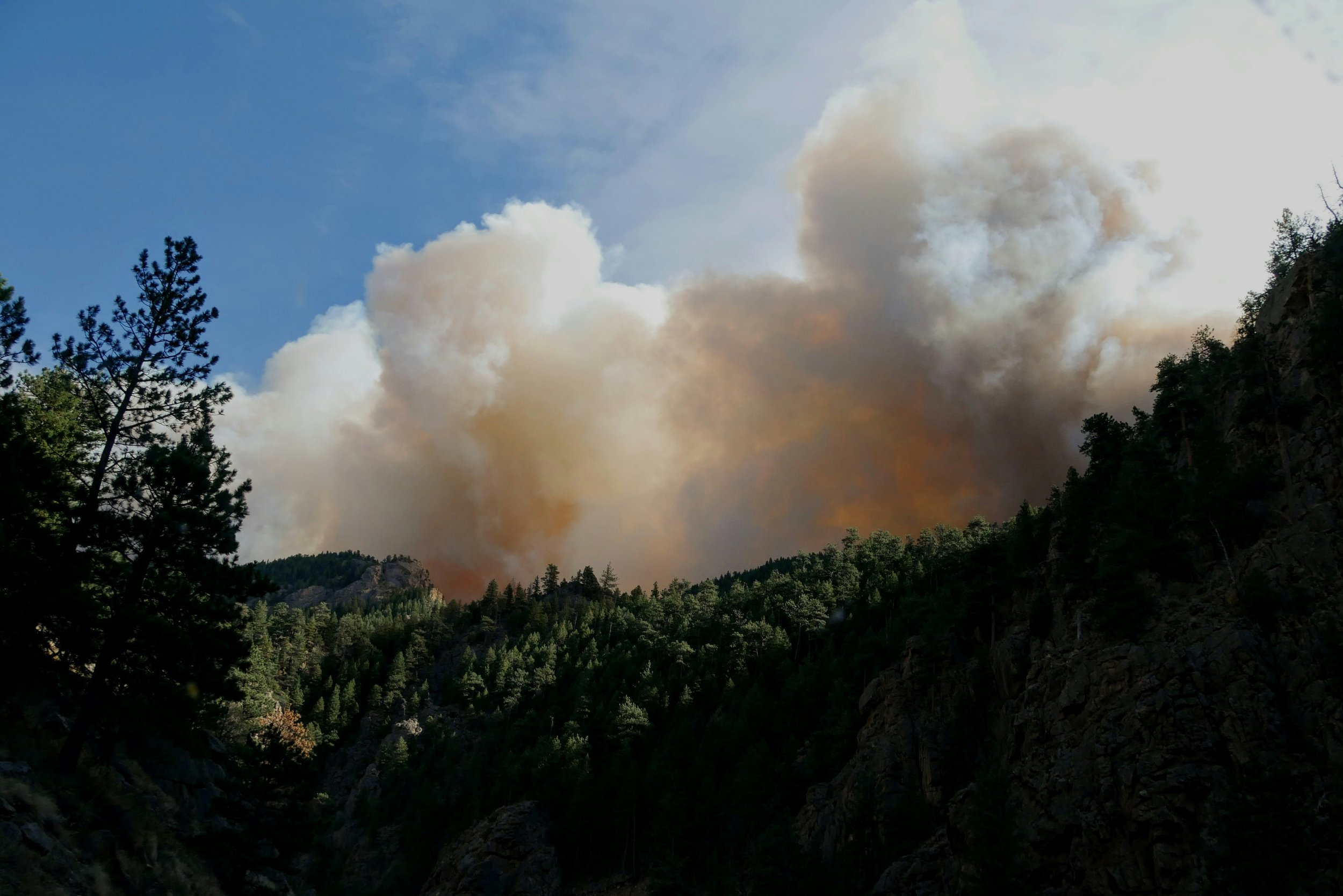
Forest Biomass Learning Network Resources
Forest Biomass Learning Network Webinar - July 9, 2025
Webinar Recording & Presentation Slides
-

Francesca Hillery - Introduction to the Partnership
-

Ben Rubin - Boosting Tribal Economies: Reaching Gigaton Scale Carbon Removal
-

Wil Burns - Carbon Markets & CDR
Resources
-

Introduction to the Partnership
-

From Fire Risk Management to Green Revenue
-

Growth in Demand for Biomass & Biomass Energy
-

Sustainable Biomass Sourcing Principles - Frontier
-

Biomass and land use in a decarbonizing U.S. economy - World Resources Institute
-

BiCRS: Biomass Carbon Removal & Storage - World Resources Institute & Carbon180
From Biomass to Carbon Storage: 6 Pathways
After removing excess biomass from forests to reduce wildfire risk, Tribes can use that material in a variety of carbon removal pathways:
-

Woody Biomass Burial
Tree trimmings and forest debris are buried in a way that prevents them from decomposing and releasing carbon back into the air. This locks the carbon underground for the long term.
-

Biochar
Biomass is heated in a no- or low-oxygen environment (a process called pyrolysis) to create biochar—a stable charcoal that can be added to soils. It improves soil health and locks in carbon for centuries. Biochar has been part of Indigenous practices for thousands of years.
-

Bioenergy with Carbon Capture
Forest biomass is used to create energy, and the carbon released in the process is captured and durably stored—either underground or in long-lasting materials.
-

Building Materials
Carbon can be stored long-term in buildings by using materials that lock in CO₂. This includes engineered wood products like cross-laminated timber made from biomass. These materials not only store carbon but also reduce the need for high-emission alternatives like traditional steel and cement.
-

Activated Carbon
Activated carbon refers to a highly porous carbonaceous material that is widely used for various applications such as water and air purification, as well as in wastewater treatment and catalysts. It has a large surface area and pore volume, making it effective for adsorbing a wide range of pollutants.
-

Bio Oil
Biomass is converted into a stable oil through pyrolysis. When this oil is injected deep underground for long-term storage, it becomes a form of carbon removal. It can also be used as a low-emission fuel, however this is not a form of CDR.
